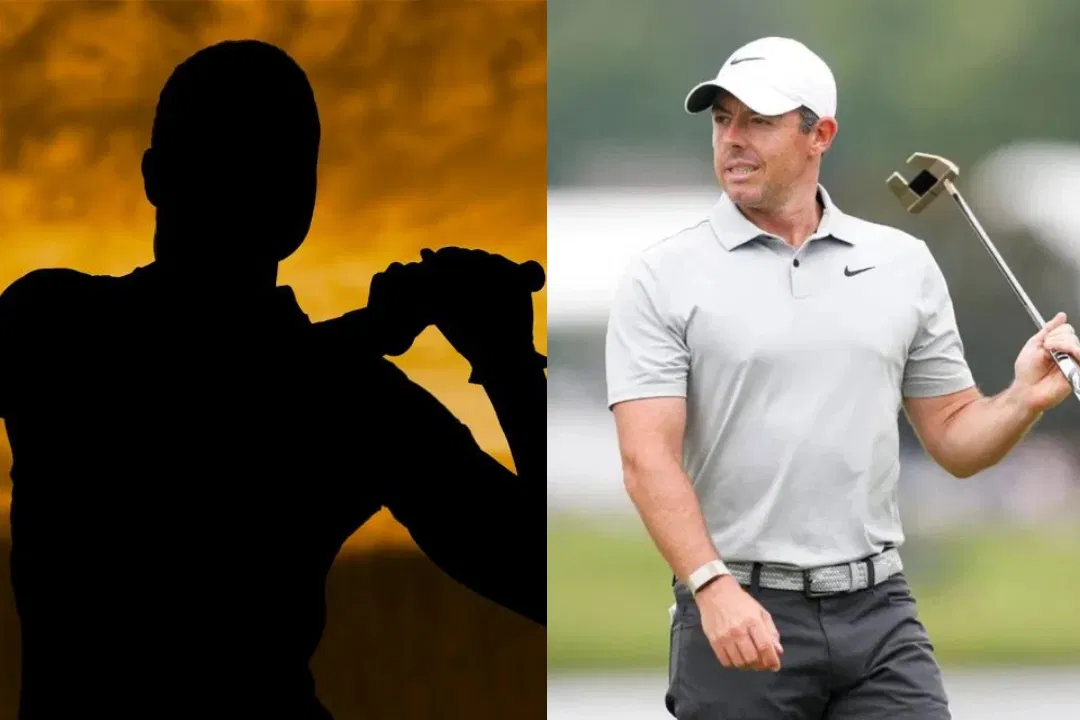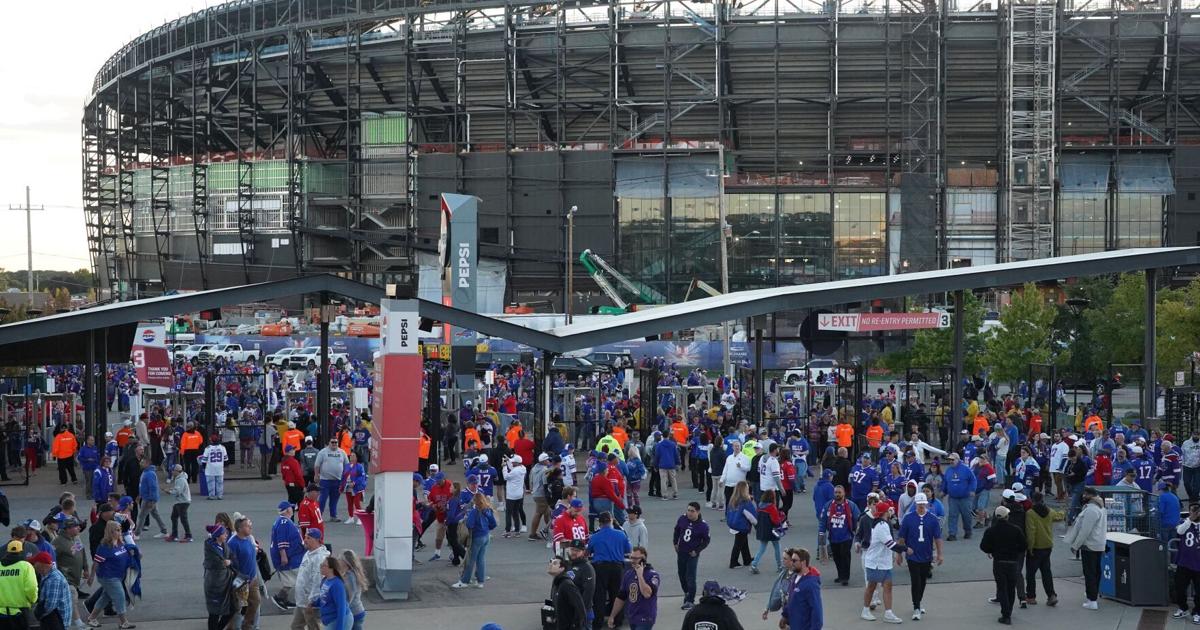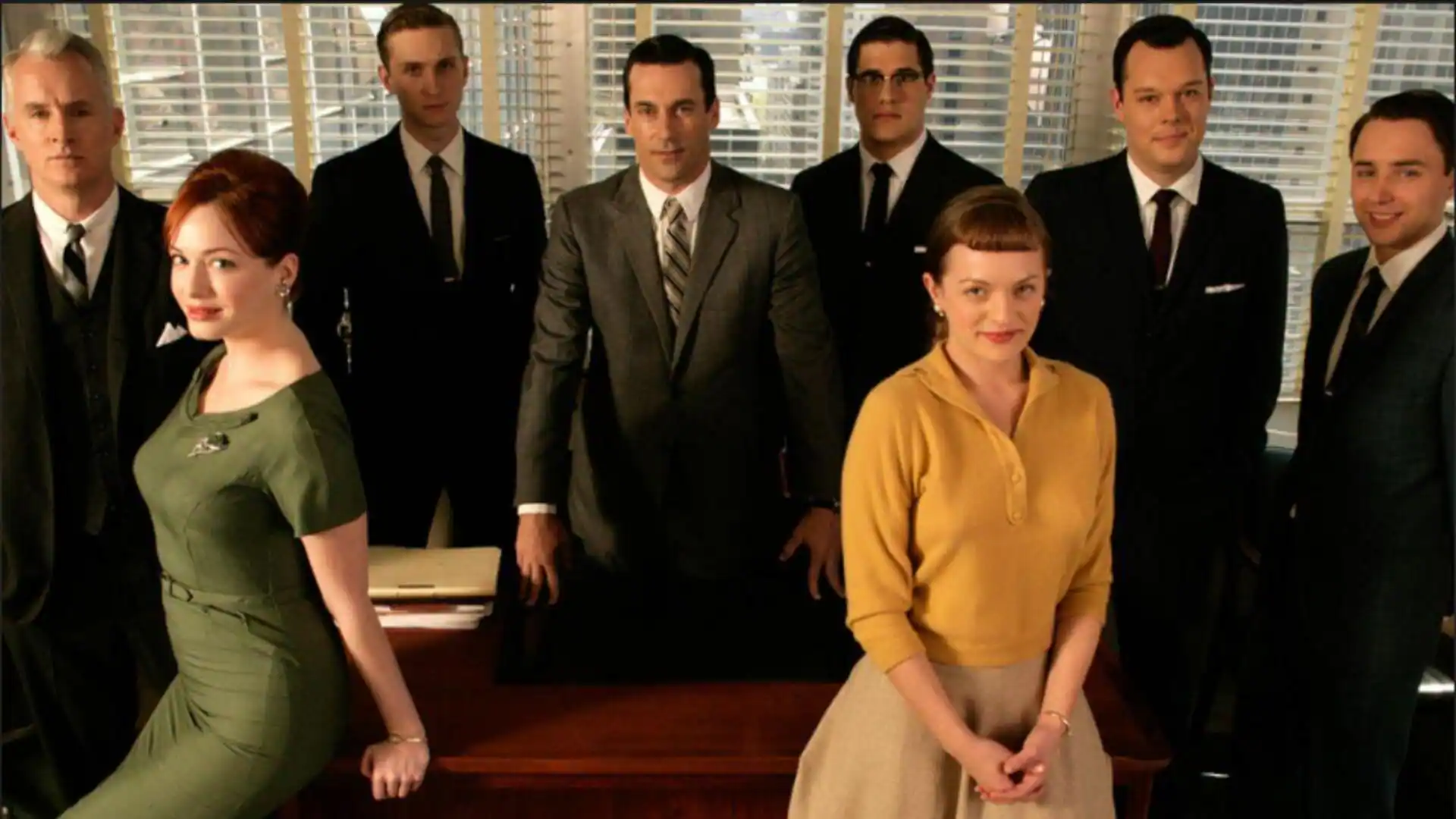Ex-Ryder Cup Captain Hits Back at Rory McIlroy & Co. After They Instigated Team USA Over Camaraderie Issues

The Ryder Cup countdown had barely dipped into single digits when Lanny Wadkins, the 1977 PGA champion and former U.S. captain, lit the first real fuse of the week. Appearing on Golf Channel, he delivered a comment that echoed across both locker rooms: “Sometimes I think the Europeans are just a bunch of wusses and can’t handle the heat.” Wadkins’ comment came just hours after several European players, including Rory McIlroy and Justin Rose, spoke about the raucous atmosphere expected at Bethpage Black, where the 2025 Ryder Cup is set to tee off on September 26. Their concern wasn’t theoretical. Bethpage’s New York galleries are famous for rowdy support and, at times, biting heckles.
For Wadkins, the fuss struck a nerve. He recalled his own away experiences as proof that hostility is part of the event’s DNA. “I always find it very interesting that we never say a word about what happens to us when we’re playing in Europe,” he said. “I’ve been on the first tee as far back as 1985, got introduced, and the entire grandstands booed me. I chipped in for eagle at 18 and nobody applauded. They wanted it to miss. We’ve gotten the same treatment over there. We just never complained about it.” That old-school perspective highlights a generational divide: for Wadkins, tough crowds are tradition, not a source of controversy.
The numbers support his memory of hostile parity. Since the event expanded to a U.S. vs. Europe format in 1979, the home side has captured 12 of the last 15 Cups. In Europe’s last five home wins, the average U.S. losing margin has been 3.4 points, even when Americans held higher aggregate world rankings in three of those contests. Crowd noise is a factor: sound engineers measured first-tee roars at over 105 decibels during the 2018 matches at Le Golf National, louder than many NFL stadiums. U.S. veterans from Gleneagles 2014 likewise reported chants of “U-S-A go home” and jeers timed to backswings.
ADVERTISEMENT
Article continues below this ad
Wadkins’s point is simple: partisan pressure is woven into the Ryder Cup’s DNA. U.S. squads have absorbed the same treatment for decades without turning it into a storyline. For him, Europe’s emphasis on heckling ahead of Bethpage, where galleries are famous for aggressive cheers and quick wits, sounds like pre-emptive excuse-making.
ADVERTISEMENT
Article continues below this ad
Meanwhile, the Americans are presenting a united front. Captain Keegan Bradley calls this “the closest team I’ve ever seen,” after months of bonding camps and practice rounds. The roster mixes experience with newcomers: Ben Griffin, Cameron Young, JJ Spaun, and Russell Henley are the four rookies, but Bradley insists the culture is genuine, not manufactured.
Bethpage Black, a par-71 brute known for thick rough and loud crowds, will test Wadkins’ claim that Europeans should “handle the heat.” Europe has not won a Ryder Cup in the U.S. since Medinah in 2012, while the U.S. hasn’t conquered Europe since 1993. Both streaks underscore how decisive home advantage, and by extension, home fans, can be. Wadkins sees nothing unfair in that. His message to Europe: stop talking about the crowd and start planning to beat it.
While Wadkins focused on Europe’s ability to handle hostile crowds, his comments also highlight the backdrop for why European leaders like Justin Rose and Rory McIlroy have been vocal about Bethpage’s pressure-cooker environment.
Team Europe’s efforts to face Bethpage crowd
Wadkins’s comments were prompted by European statements about Bethpage’s hostile environment. Captain Luke Donald has implemented virtual-reality headsets so players can simulate loud crowds and even targeted heckling. Rory McIlroy explained, “You can get them to say whatever you want them to say… go as close to the bone as you like,” highlighting the technique’s role in “desensitising” players before the first tee.
Additionally, Justin Rose questioned the U.S. team’s approach in an interview with Sky Sports: “I think America have tried too hard to become a team, whereas Europe is a bit more natural and organic… Being a great team is having a real good theme and an identity that has come from players before you, and you all buy into that vision.” Rose stressed upon Europe’s continuity with Rasmus Højgaard as the only newcomer from 2023, contrasting it with the four rookies on the U.S. side. He argued that Europe’s roster benefits from culture and legacy, not forced camaraderie.
ADVERTISEMENT
Article continues below this ad
Moreover, Europe’s focus on team culture and crowd preparation has shaped pre-event strategy. Players anticipate a highly partisan environment and aim to turn mental toughness into a competitive edge. Wadkins’s reaction reflects his view that Europe’s framing of the crowd as a problem is overblown. However, the psychological battle adds layers to the contest.
Europe leans on experience and continuity, while the U.S. emphasizes team chemistry and home support. Ultimately, when the first tee erupts on September 26, both sides’ preparation, mental resilience, and execution will decide the outcome, not statements or pre-match predictions.



